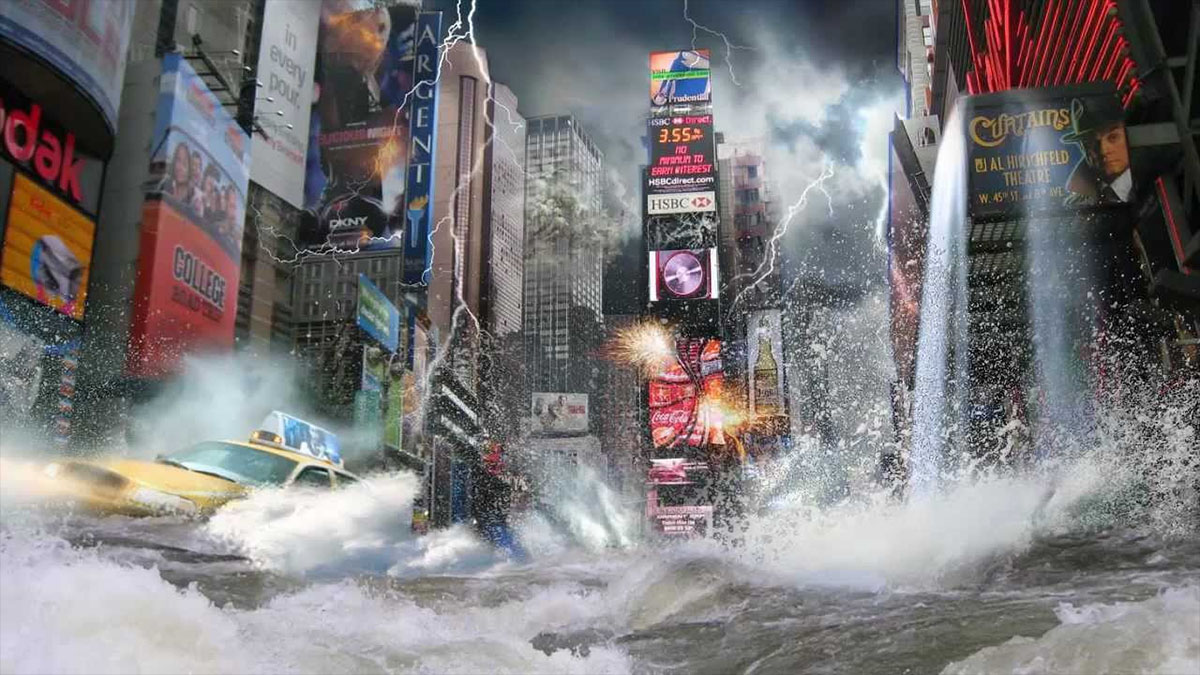keeping an eye on tsunamis, from space…

They buzz overhead, bringing us high quality TV and internet connections, gathering military intelligence, providing us with tools for communication and giving us GPS systems. And now, they might just help us track down incoming tsunamis after a major quake. Researchers going over satellite images of the Indian Ocean just before the December 2004 tsunami hit with devastating results, found clear patterns of darkened water as the tidal wave propagated across the basin. In theory, satellites should be able to focus on an area affected by a major quake and see if the leading edge of a newborn tsunami is racing towards a major population center.
It’s not that difficult to find a satellite over an ocean when we think a tsunami was triggered by a seismic event. After all, there are hundreds of satellites in orbit and oceans cover almost 71% of the planet’s surface. But the problem is that not every satellite is built to be an eye in the sky which means that we don’t have constant optical coverage of all the danger zones. Because satellites don’t always work in concert, worried geologists usually can’t just flip a switch and aim a camera on a quake’s epicenter to look for the darkened water of a potential tidal wave’s leading edge. To do that, they’d need to set up a specialized network which, while most definitely worth it, is an expensive and time consuming proposition.
Of course even when we can track tsunamis moments after they’re born, we shouldn’t get too comfortable. Some of the most dangerous faults in the world are just too close to land. For example, after a quake measuring 9.0 and above on the Richter Scale along the Cascadia subduction zone, tidal waves would reach major cities in the Pacific Northwest within minutes. In addition, not all places that could be affected by tsunamis have a reliable communication infrastructure so even if we could give people there a two hour warning, an electrical blackout might make that very difficult, if not impossible. And given that a huge quake would already deal a significant blow to their electrical grids and phone lines, it’s a likely scenario.
All that said, using satellites to give us a heads up on an incoming disaster is a potentially promising project which should be used to boost existing early warning and alert systems. The only question is who would be willing to take on the costs and logistical challenges…





